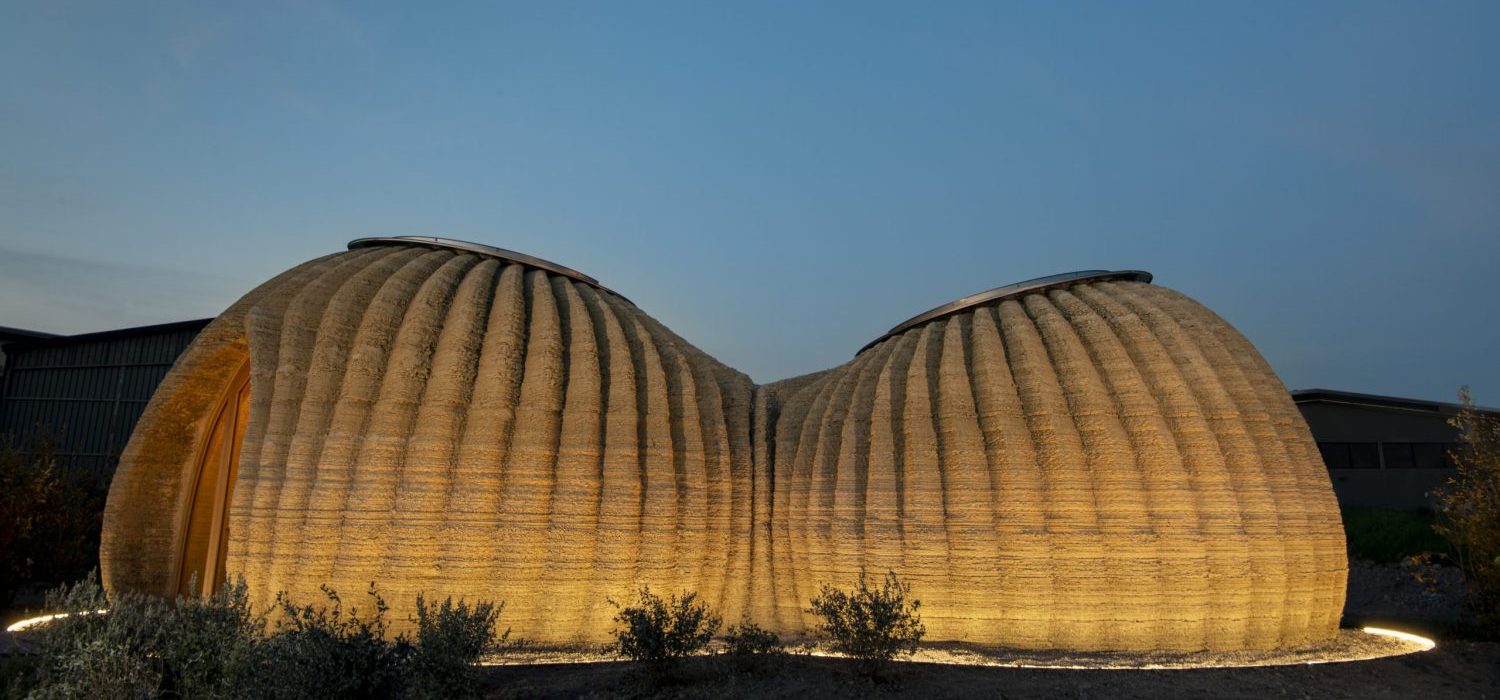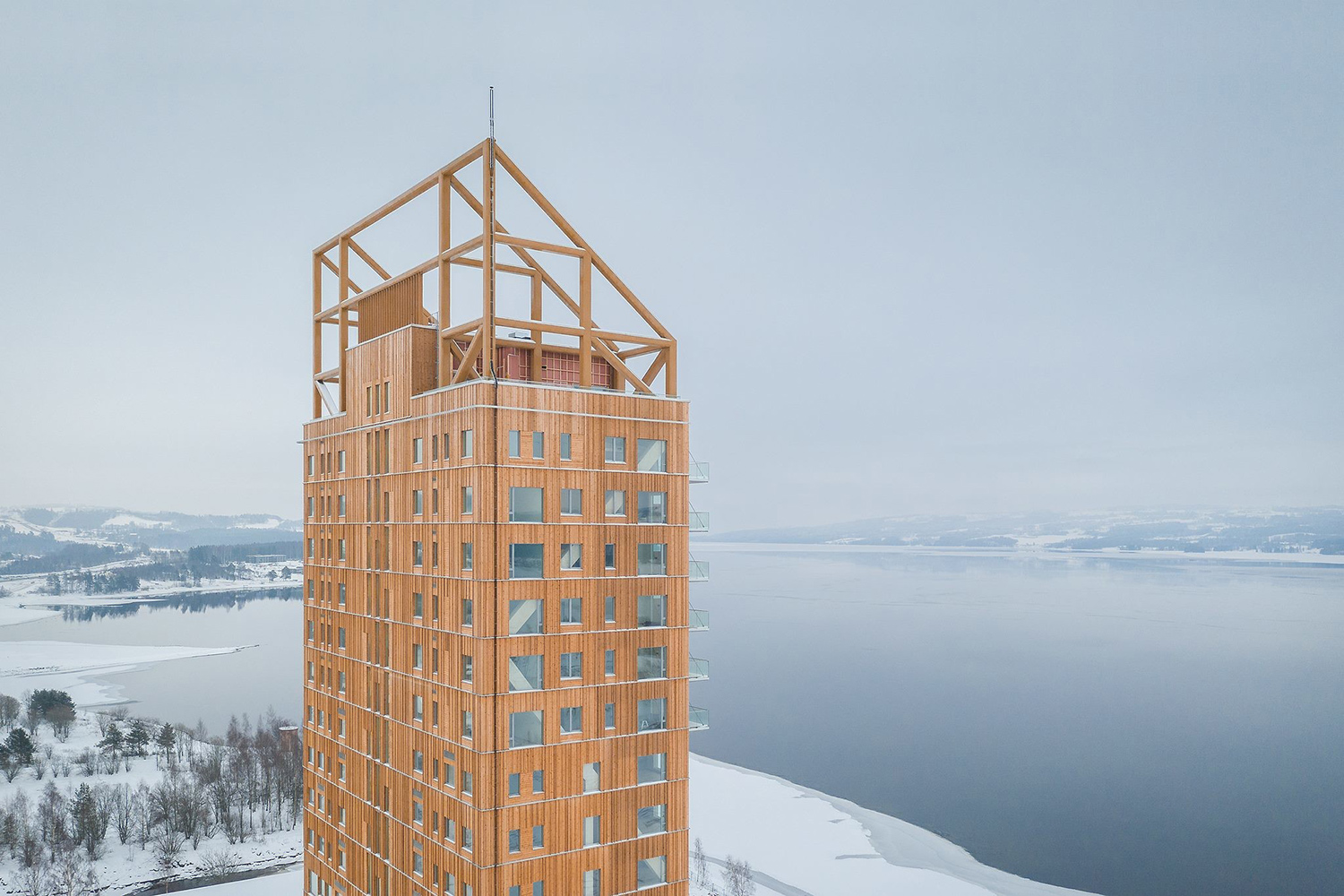Creating cost-efficiency
General description
Circular strategies have a major impact not only on design, but also on construction costs. On the one hand, new process steps, which have not yet been formalised but are necessary for the implementation of circular strategies as well as additional labour costs increase the overall project costs. On the other hand, reusing or recycling secondary raw materials can potentially save significant amounts of money. Bringing these two aspects in a balance is decisive for the decision to apply circular principles or not. Besides that, circular strategies such as modularity or design for disassembly might bring savings in the long-run that are typically not accounted for in conventional cost management.
Examples
TECLA
Massa Lombarda, Italy
With the advancement of modern technology, the automation of labour-intensive processes has become possible, potentially changing the economics of earth structures. WASP, leveraging their experience in small and mid-scale 3D printing, has developed Crane Wasp, a modular printer system with a build area of 50 m2, starting at a price of €132,000. In the construction of Tecla, two printing arms were synchronised to lay each of the 350 12mm lines. Although the printing process took only 200 hours to complete, the earth mixture had to dry for approximately 3 months due to the use of binders.
During this drying period, the printer can be moved and used to print another building, making this technology highly cost-effective. It is conceivable that a set of printers could construct 20 personalised houses, each with its own design, within a year with only a few workers. 3D printing is often regarded as a straightforward way to automate construction processes, but it still requires specialists who can troubleshoot the technology in the event of breakdowns or inconsistent results.
Mjøstårnet
Brumunddal, Norway
Mjøstårnet was a project without preassembly, which saved a lot of time and costs. The timber skeleton was built in steps of self-stabilising units of four to five stories. When eight stories were installed, the facade contractor started attaching the facade elements. For the construction, a tower crane and additional mobile cranes and lifts, but no external scaffolding was needed. The total cost of Mjøstårnet was only 2 - 3 % higher than the costs of a conventional building. Another approach that contributed to the cost saving aspect was the close cooperation with the local authorities who supported the timber development. As a result, the building permission process was accelerated.
CRCLR
Berlin, Germany
As costs obviously play a significant role in the decision-making process, sometimes you need to compromise on intended outcomes when trying to realise a building in separable layers. The team tried to orient themselves at the price of the old materials, so that it was at least twice as cheap as the new material. However, added costs accumulated for the logistics and preparation of the reused materials.